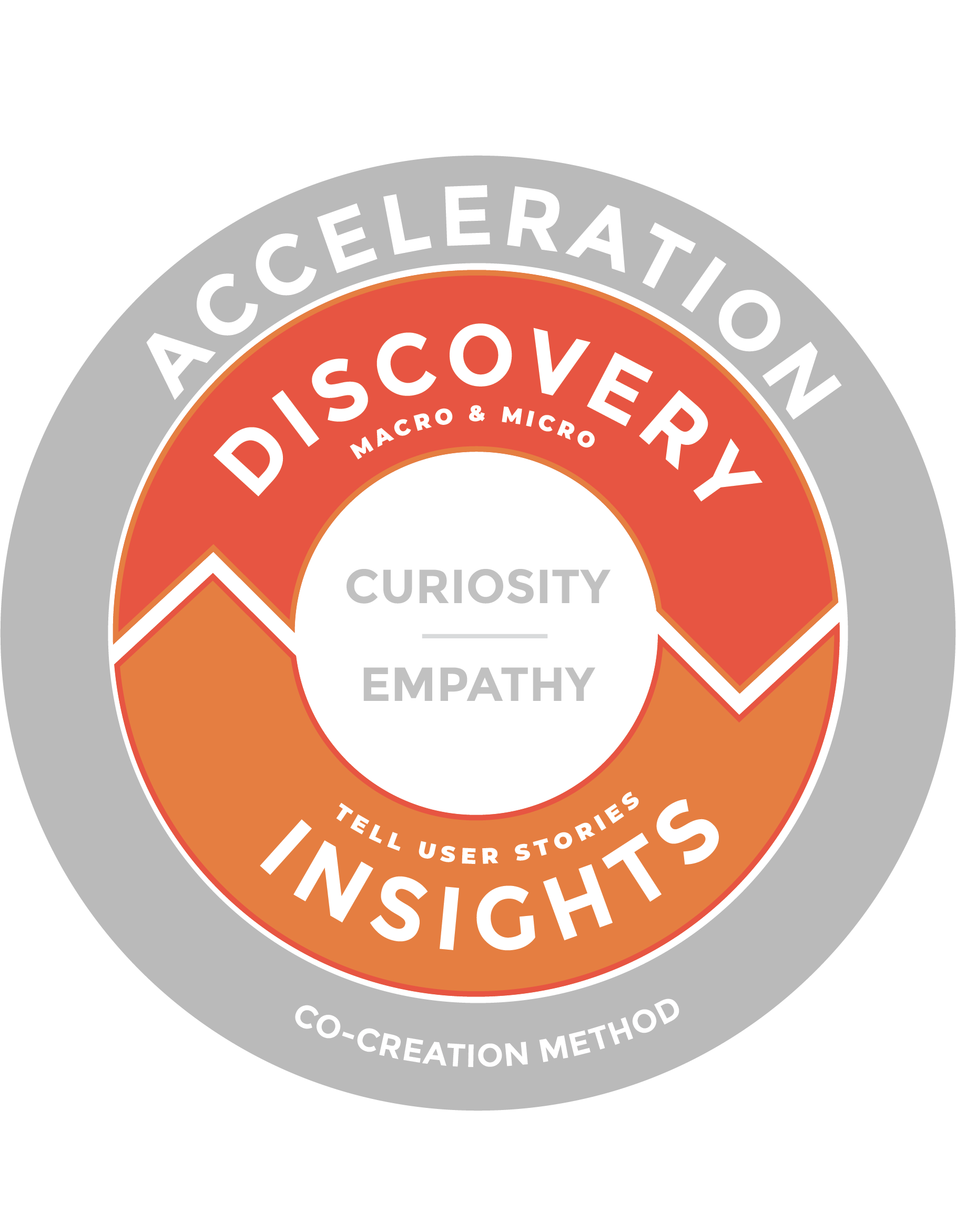Harnessing the Power of Design Thinking to Close Bigger, Better Deals
Published:

It happens all too often, and we’ve all been guilty of it. Salespeople love to jump in and start selling features. The problem? You run the risk of alienating your prospective customer. Why should they care about your latest product feature if it’s not relevant to their needs?
Selling today is about solving problems. And solving problems starts with first understanding what the problem is. That’s where Design Thinking comes in.
What Is Design Thinking Anyway?
Design Thinking is a creative problem-solving method that innovators use to navigate complex issues and find new solutions that work. For sellers, that means starting with the “why.” It means learning about who your customers are and what they care about.

Getting Smarter About Your Customers
Learning about customer pain points is easier said than done. I’ll be honest: I wasn’t always great at it myself. It can be tricky for a customer to pull meaningful information out of thin air. But using Design Thinking with the coaching of the experts at Somersault Innovation, one technique I’ve learned, for example, is to structure discovery calls using a “Last/First/Best/Worst” to focus my questions.

These insights lay the foundation for better conversations as deals move upstream. Conversations shift from positioning your company and product every time you talk to a new stakeholder to honing in on how you can help them solve their problems in a real, tangible way. You’re also building trust and credibility along the way.
Focus on the pain of continuing current behaviors and processes. Paint the picture of what life could be like. Even better, focus on the customer’s customer. If you can link your solutions to the value they deliver to their customers, that’s a potent story to tell.
How Design Thinking Helped Me Close a Multi-Million Dollar Deal
“This is a big account, but it could be bigger. You can do that, right?”
I was handed the account in June of 2021. The pandemic was raging. The client had already gone through the process of buying and had made upgrades along the way, so this looked like a no-brainer opportunity for growth and expansion.
But, we all know salespeople. We don’t leave great opportunities on the table. So, when one of my colleagues transferred this account to me, I was dubious. At least when you’re starting at zero with a new account, the only way you can go is up. But when you start with an account that’s already spending a couple hundred grand, things can go the other way fast. I needed to figure out which way was up quickly.
Early on, I learned two things about the customer that made me nervous. First, our champion within the organization was switching roles and would no longer be our main point of contact. Second, the company was undergoing a massive transformation and was planning to replace our software with a new technology solution.
That meant we not only had to build a brand new relationship and earn the trust of a brand new decision-maker, but we also had to convince them that our solution was the better fit for them. Using Design Thinking methods, we invested ourselves in understanding the customer’s problems, getting to know the end users within the organization, and working with key stakeholders to evangelize the value of our solutions all the way up to the CEO.
In the end, we signed a 3-year, $3 million dollar contract. We literally unlocked millions of dollars through the power of Design Thinking.
Our new champion later admitted to me that they had planned to walk away from us. The deciding factor in choosing our solution over the rest? Our account team. She shared with me, “We knew based on the past few months how much you cared about us and that you were going to do a great job servicing us moving forward. Those things matter.”





























